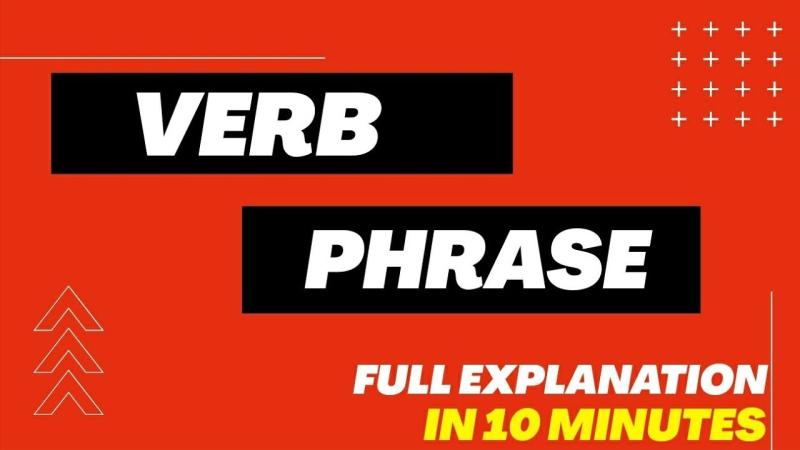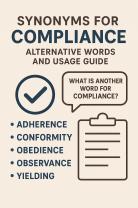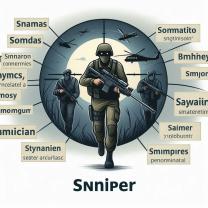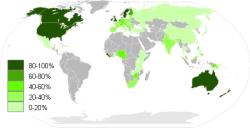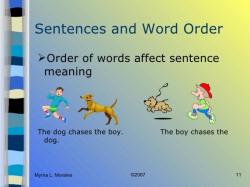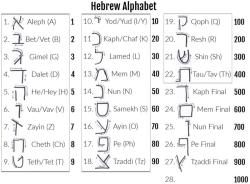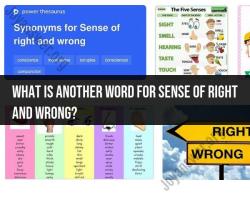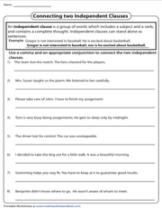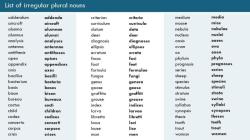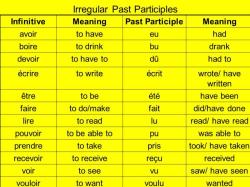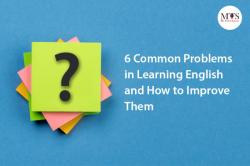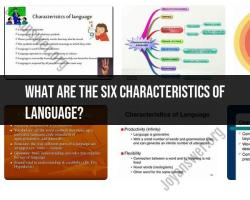How to identify verbs and verb phrases?
Identifying verbs and verb phrases involves recognizing words that express actions, states, or occurrences in a sentence. Here's a simplified guide to help you identify verbs and verb phrases:
Verbs:
Action Verbs:
- Definition: Express physical or mental actions.
- Example: run, eat, think, create.
Linking Verbs:
- Definition: Connect the subject of a sentence to a subject complement (a word or phrase that describes or identifies the subject).
- Example: is, am, are, was, were.
Helping (Auxiliary) Verbs:
- Definition: Assist the main verb in a sentence.
- Example: do, does, did, has, have, had, is, am, are, was, were, be, being, been.
Verb Phrases:
Simple Verb Phrases:
- Structure: Consist of one main verb.
- Example: He runs. (The verb phrase is "runs.")
Compound Verb Phrases:
- Structure: Consist of a main verb and one or more helping verbs.
- Example: She is eating. (The verb phrase is "is eating.")
Complex Verb Phrases:
- Structure: Consist of a main verb, one or more helping verbs, and other elements like adverbs or prepositional phrases.
- Example: They have been studying for hours. (The verb phrase is "have been studying.")
Tips for Identification:
Ask What or Whom:
Identify the action or what is happening in the sentence by asking "What?" or "Whom?" The answer is often the verb.
Example: She is singing. (What is she doing? Singing.)
Look for Verb Endings:
Many verbs have specific endings that can help you identify them, such as "-ing" for present participle forms.
Example: They are playing. (Playing is the present participle form of play.)
Identify Verb Phrases:
Recognize that verb phrases often consist of a main verb and one or more helping verbs.
Example: He will have completed the assignment. (The verb phrase is "will have completed.")
Consider Verb Forms:
Understand different verb forms, including past, present, and future tenses, as well as participles and infinitives.
Example: She has painted the room. (The verb "painted" is in the past participle form.)
Practice:
Read sentences and identify the verbs or verb phrases. Consider the context and the action or state being described.
Example: The cat is sleeping on the windowsill. (Verb phrase: "is sleeping.")
By applying these tips and practicing, you'll become more adept at identifying verbs and verb phrases in sentences. Keep in mind that verbs are essential for conveying actions and states, providing the backbone of sentence structure.
Recognizing verbs and verb phrases in sentences is a fundamental skill in understanding and analyzing language. Verbs express actions, events, or states of being, while verb phrases are groups of words that function as verbs in sentences. Identifying these grammatical elements is crucial for comprehending sentence structure and extracting meaning from text.
Here are some techniques for identifying verbs and verb phrases in sentences:
Look for action words: Verbs typically represent actions or occurrences. Common action verbs include run, jump, eat, sleep, talk, think, and feel.
Identify helping verbs: Helping verbs assist main verbs in expressing tense, aspect, and modality. Examples of helping verbs include be, have, do, can, will, may, must, and shall.
Recognize verb phrases: Verb phrases can consist of a single verb or a verb with its modifiers, including adverbs, adverbial phrases, and prepositional phrases.
Test for verb functionality: If a word or group of words can be replaced by a form of "be," "have," or "do" without significantly altering the meaning of the sentence, it is likely a verb or verb phrase.
Here are some additional methods for distinguishing verbs and verb phrases:
Sentence role: Verbs and verb phrases typically function as the predicate of the sentence, indicating what is happening, occurring, or being described.
Subject-verb agreement: Verbs must agree with their subjects in number (singular or plural). Verb phrases also exhibit subject-verb agreement.
Non-verb elements: Nouns, adjectives, and adverbs cannot function as verbs or verb phrases.
Phrase boundaries: Verb phrases can be enclosed by commas or set off by punctuation, indicating their distinct grammatical role.
Remember that not all verbs are action verbs, and some verbs can also function as nouns or adjectives. The context of the sentence and the grammatical role of the word determine its classification.
By practicing these techniques and methods, you can effectively identify verbs and verb phrases in sentences, enhancing your understanding of sentence structure and grammar.
